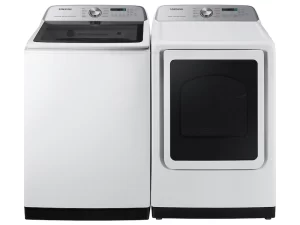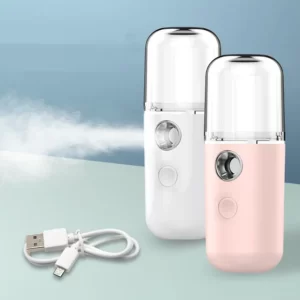Tap Water and Humidifiers: Can They Mix?
Introduction
Humidifiers are widely used to add moisture to the air, providing relief from dryness and promoting better breathing. However, many people wonder whether tap water is safe to use in their humidifiers. In this comprehensive guide, we will explore the potential risks and considerations associated with using tap water in a humidifier. We will discuss the effects on the humidifier, air quality, and potential health implications. Additionally, we will provide alternative options and tips for maintaining a healthy and effective humidifier.
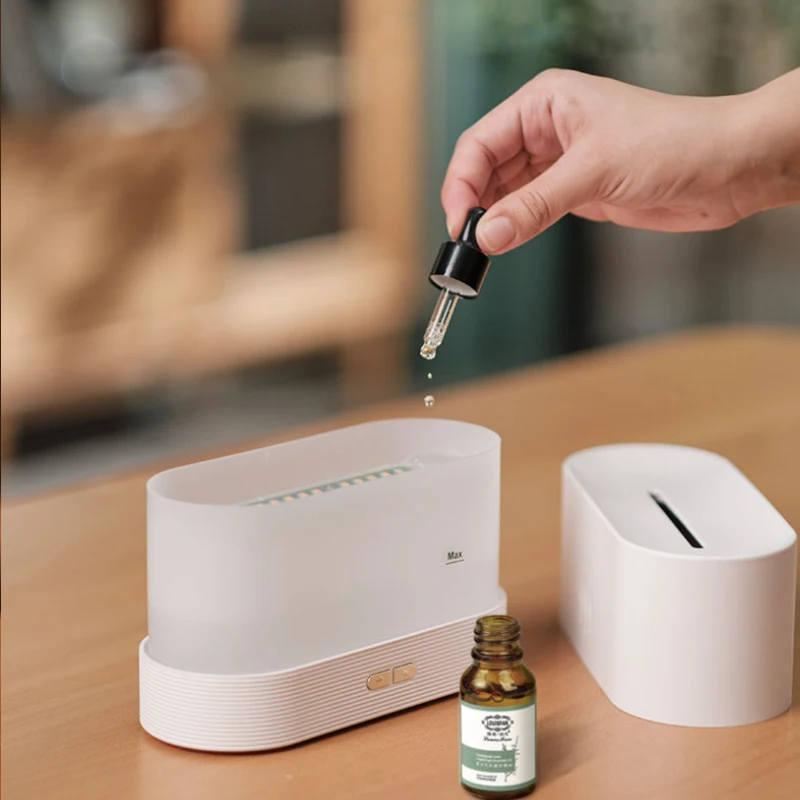
Tap Water and Humidifiers: Can They Mix?
I. Understanding Humidifiers
-
Purpose and Function:
- Humidifiers are designed to increase the moisture levels in indoor air, creating a more comfortable environment, relieving dry skin, alleviating sinus congestion, and reducing irritation caused by dry air.
-
Types of Humidifiers:
- Common types of humidifiers include evaporative humidifiers, ultrasonic humidifiers, and steam vaporizers. Each has its own method of adding moisture to the air.
II. Using Tap Water in Humidifiers
-
The Tap Water Option:
- In many cases, tap water is the most convenient choice for filling a humidifier as it is readily available. However, there are important considerations to keep in mind.
-
Potential Risks of Using Tap Water in Humidifiers:
- Tap water contains minerals, such as calcium and magnesium, which can be released into the air as the water evaporates. This can lead to the formation of white mineral dust on surfaces and potentially affect air quality.
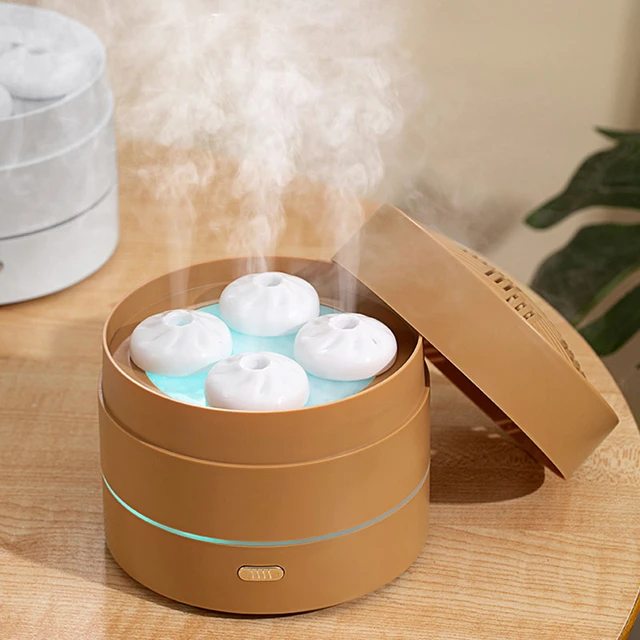
III. Effects on the Humidifier
-
Mineral Build-up:
- When tap water is used in a humidifier, mineral deposits can accumulate over time. These deposits may clog the humidifier’s filter, reservoir, or nozzle, diminishing its efficiency and performance.
-
Increased Maintenance:
- The presence of minerals in tap water necessitates more frequent cleaning and maintenance of the humidifier to prevent mineral build-up, mold, or bacteria growth.
IV. Impact on Air Quality
-
White Mineral Dust:
- The minerals present in tap water can become airborne when the water is evaporated by the humidifier. This can lead to the formation of white mineral dust on surfaces throughout the room.
-
Potential Respiratory Issues:
- Breathing in airborne minerals from tap water may irritate the respiratory system, particularly for individuals with allergies, asthma, or other respiratory conditions.
V. Health Considerations
-
Bacterial Growth:
- Humidifiers can become a breeding ground for bacteria if not properly maintained. The use of tap water may contribute to bacterial growth and the potential spread of harmful microorganisms.
-
Mold Formation:
- Mold can develop in a humidifier’s reservoir, filter, or other components when there is excess moisture and insufficient cleaning. The use of tap water may enhance the conditions for mold growth.
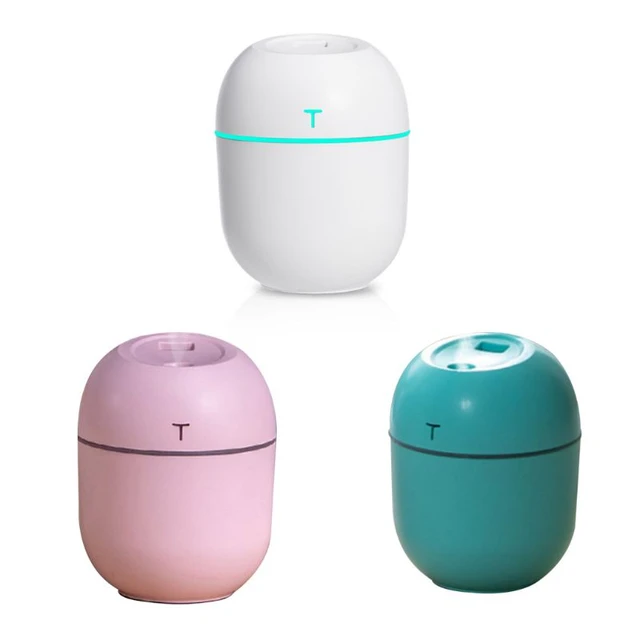
VI. Alternative Options
-
Distilled Water:
- Distilled water is a suitable alternative to tap water as it has been purified, eliminating minerals and impurities. Using distilled water in a humidifier reduces the risk of mineral build-up and white mineral dust.
-
Filtered Water:
- Filtered water, such as water from a filter pitcher or under-sink water filter, can be used in a humidifier to minimize mineral content and other impurities.
VII. Tips for Maintaining a Healthy Humidifier
-
Regular Cleaning:
- Clean the humidifier weekly or as recommended by the manufacturer. Disassemble the humidifier, wash removable parts with soap and water, and disinfect with a vinegar or bleach solution.
-
Use a Humidifier Demineralization Cartridge:
- Some humidifiers offer demineralization cartridges that can help reduce mineral deposits and white mineral dust. Follow the manufacturer’s instructions for installation and replacement.
-
Follow Manufacturer Guidelines:
- Always follow the manufacturer’s guidelines regarding water usage and maintenance for your specific humidifier model.
IX. Additional Considerations
-
Location:
- Consider the location of your humidifier. Placing it away from sensitive areas, such as electronics or furniture, can help minimize the impact of any potential white mineral dust.
-
Humidity Monitoring:
- Use a hygrometer to monitor the humidity levels in the room. Keeping the humidity between 30% and 50% is generally recommended for optimal comfort and health.
-
Regular Inspections:
- Periodically inspect your humidifier for any signs of mineral build-up, mold, or bacterial growth. Taking proactive measures can prevent potential issues and ensure the continued performance of your humidifier.
X. Consulting the Manufacturer
-
Manufacturer Recommendations:
- Check the guidelines provided by the manufacturer to see if they explicitly advise against using tap water. The manufacturer may offer specific guidance based on the design and features of their humidifier models.
-
Customer Support:
- If you have any specific concerns or questions regarding the use of tap water in your humidifier, contacting the manufacturer’s customer support team can provide you with expert advice and address your individual needs.
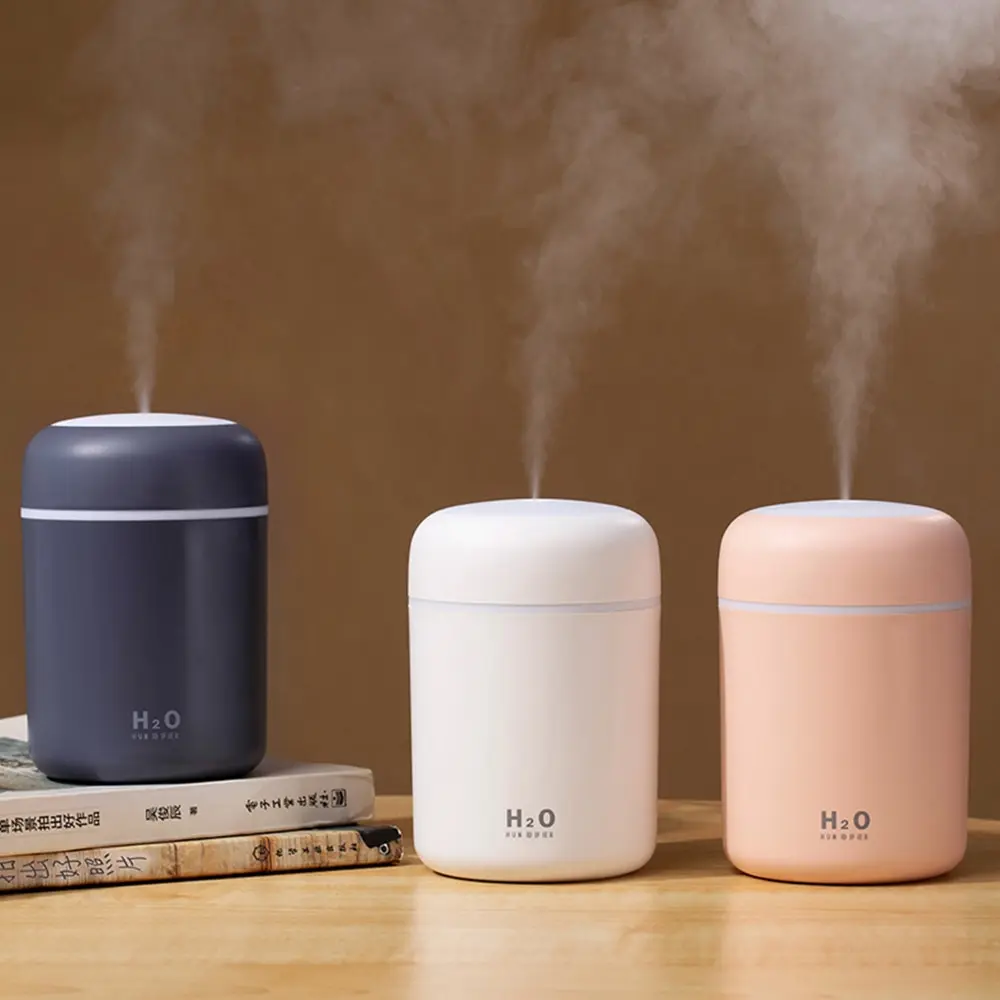
Can a humidifier with tap water affect your lungs?
Using tap water in a humidifier can potentially have negative effects on your lungs, especially if the tap water is of poor quality or contains certain contaminants. When tap water is used in a humidifier, it can release minerals, bacteria, or other impurities into the air as fine droplets, which can then be inhaled.
The inhalation of these impurities may lead to respiratory issues, especially in individuals with pre-existing lung conditions, such as asthma or allergies. Minerals in tap water, such as calcium and magnesium, can also potentially contribute to the formation of white dust, which can settle on surfaces and exacerbate respiratory symptoms.
To minimize the risks, it is advisable to use distilled or demineralized water, as these types of water have undergone a process that removes impurities and minerals. If using tap water is the only option, frequently cleaning and disinfecting the humidifier, as well as using filters or cartridges specifically designed to remove impurities, can help mitigate potential health risks.

VIII. Conclusion: Ensuring Safe and Effective Humidification
The decision to use tap water in a humidifier requires careful consideration of the potential risks. While tap water is convenient, it can lead to mineral build-up, affect air quality, and contribute to potential health issues. By choosing alternative options such as distilled or filtered water, you can minimize these risks and enjoy safe and effective humidification.
Regular cleaning and maintenance are essential to prevent bacterial growth and mold formation, regardless of the type of water used. Following manufacturer guidelines and using demineralization cartridges when available will further enhance the performance and longevity of your humidifier.
Remember, ensuring the overall health and safety of your indoor environment should always be a priority when using a humidifier.
